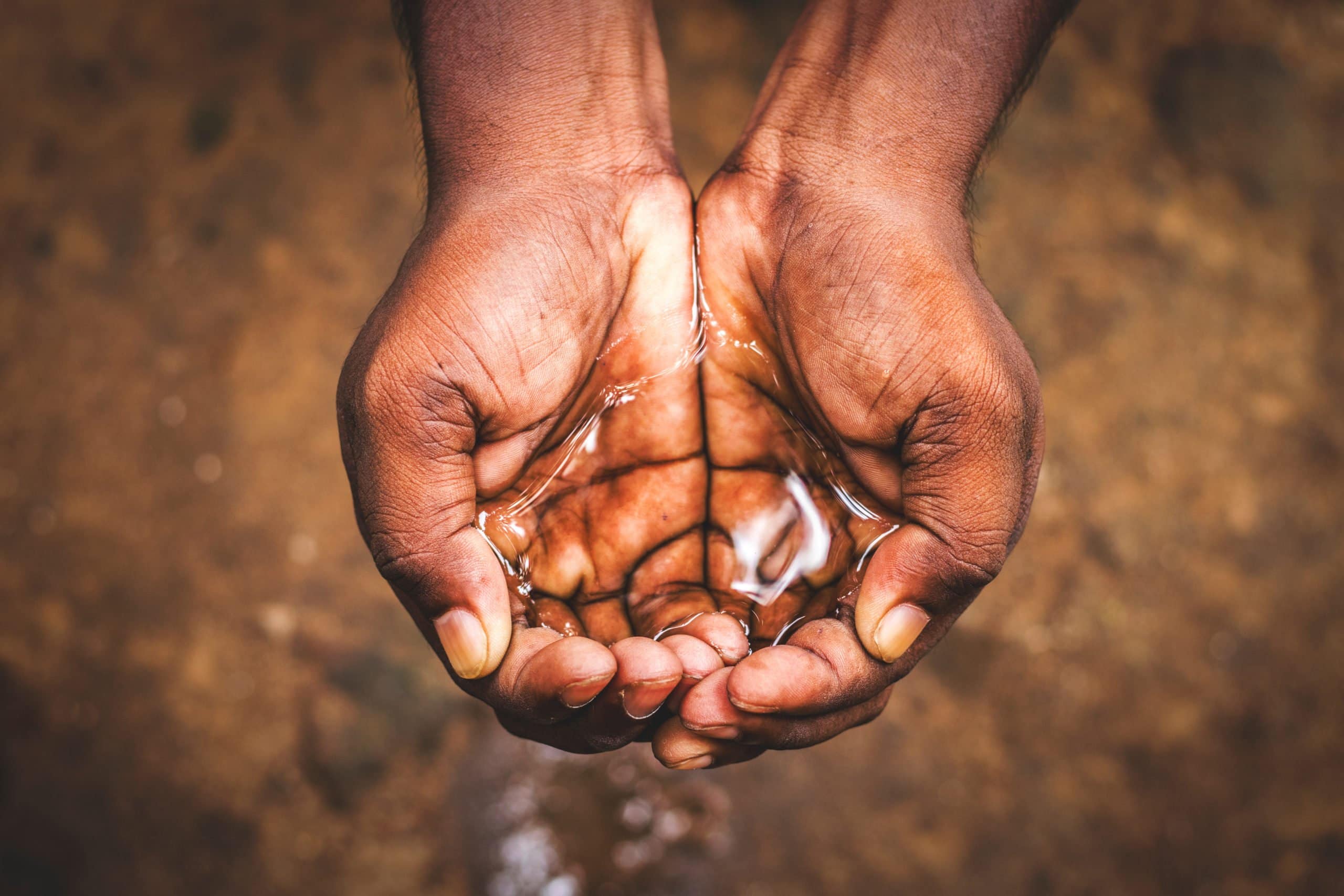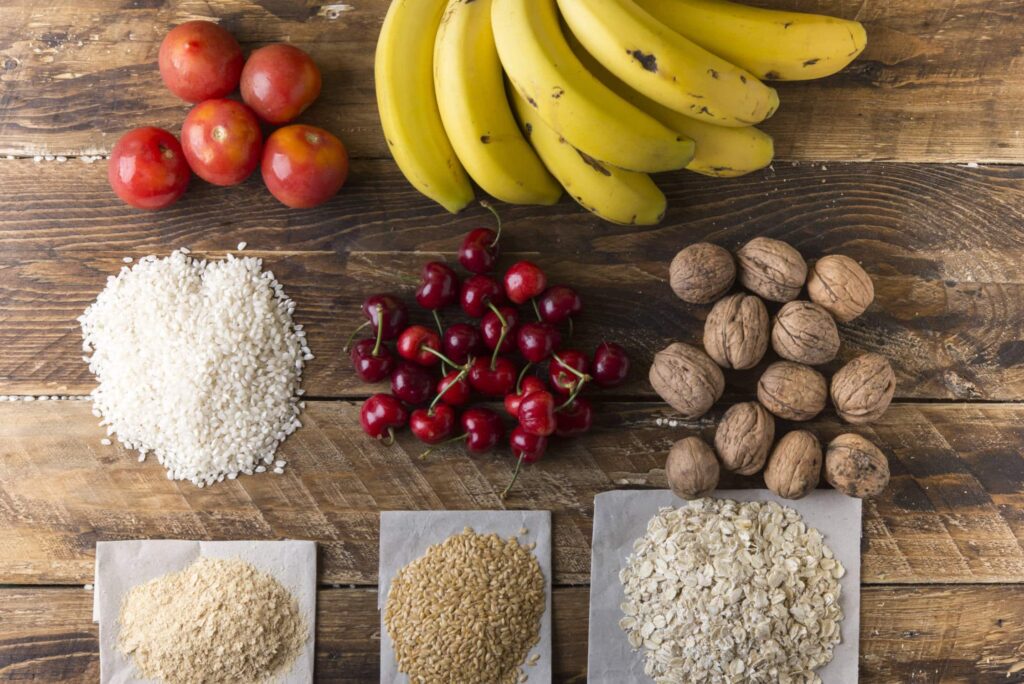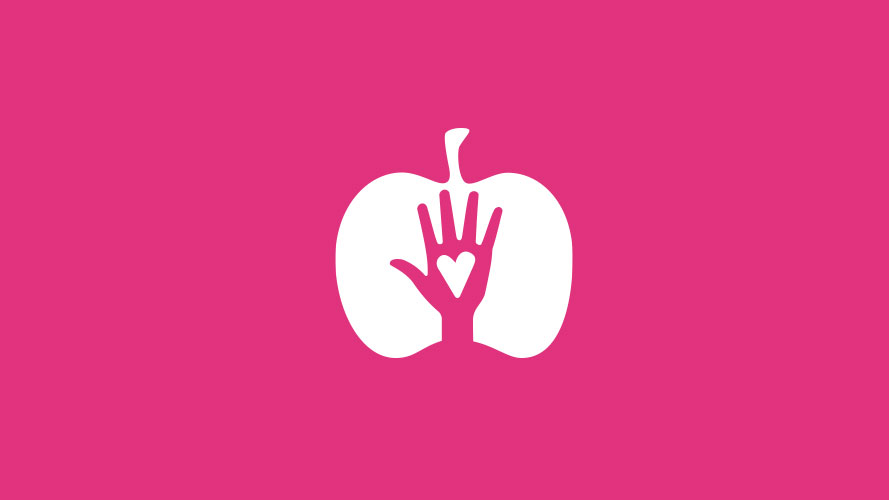Many of us have heard the phrase, the human body is made of water. While it is indeed true that the human body contains a lot of water, the presence of all that water doesn’t necessarily mean we’re properly hydrated. In fact, many of us are chronically dehydrated and probably don’t even know it.
The average adult’s body is made up of about 60 percent water. That’s about 42 liters (44.4 quarts) of water for a male weighing 70 kilograms. Every day, we eliminate about 2.5 liters (2.6 quarts) of water when we breathe, sweat, urinate, etc. It’s important that we replenish this volume of water by drinking and eating to avoid dehydration. Here’s a handy tool to calculate the percentage of water in your body.
Although we may not know it, most of us go through a whole lifetime chronically dehydrated. So how do we utilize proper hydration to make up for it? Unfortunately, a little extra water from time to time isn’t going to cut it. Thankfully, there are some easy ways of getting properly hydrated!
Why are we dehydrated?

You may be surprised to hear that our lineage has actually been chronically dehydrated, and as it turns out, we can actually inherit dehydration. Additionally, the kinds of foods we eat can dehydrate us, especially if our diets are high in fats and animal proteins. The daily consumption of dehydrating beverages like alcohol, coffee, and black tea can also set someone up for chronic dehydration.
Our accelerated and often overstimulated lifestyles can make us forget to stay properly hydrated, even when the alarm bells are going off signaling a need to hydrate. Instead, our fight or flight hormone—a more toxic form of adrenaline—is often flowing when it should really be switched off. This indirectly leads to further dehydration, and, in turn, dehydration substantially increases stress.
When we’re dehydrated our blood can actually become thicker. Thicker blood challenges our organs and means our heart needs to pump that much more to circulate blood, potentially setting us up for health complications down the road.
What we need is living water

What our bodies really need is living water that still has vitality. Living water doesn’t just quench our thirst, it hydrates us on a cellular level, and it travels more deeply into our cells and tissues as it transports the essential nutrients we need to thrive. While our cells can use living water, they can’t use water that has lost its essence in the same way. It simply cycles right through our bodies.
Living water is like the ocean, the raging rivers, and the springs that flow clean from deep within the ground. This water is alive. Of course, we can’t and shouldn’t just scoop a tall glass of water out of the ocean and gulp it down. For starters, the salt would dehydrate us and we might end up with a painful bellyache. Because most of us don’t have easy access to pure, pristine springs that flow out of the earth from deep below the surface, we must instead turn to readily available filtered water and turn it into living water.
Breathing new life into our water

Whether we’re drinking water from a bottle that has been on a supermarket shelf for a few weeks—or months—or distilled water from a reverse osmosis system, we need to bring that water back to life. Additionally, if the water has been distilled, we need to add minerals to it. While the distillation process strips the bad things, it also removes the good things.
The most important thing we can do to our water is to breathe life back into it. So how do we do that? It’s a good idea to start with filtered or purified water rather than taking it directly from the kitchen tap (or the ocean). Next, squeeze a lemon right into your glass of water! Aside from cleansing and flushing your liver and your lymphatic system—and a host of other benefits—squeezing a lemon into your water actually brings life to it. It turns your lifeless glass of water back into living water! Living water is critical to healing and it supports your body so that it can maintain all of its functions at an optimal level. You can also do this simple method with lime or grapefruit, too.
You might be wondering how a squeeze of citrus fruit brings water back to life. Consider the process of how the fruit grows—the roots of the trees draw up minerals and living water from the earth as the leaves absorb the power of the sun and the trees fill their branches with brand new fruits that contain all of these powerful things. When you cut your lemon in half and squeeze it into your water, your water connects with the living water from the lemon.
Try this delicious tip: You can also add raw honey to your citrus water as well. Raw honey works to bring your water back to life because it is a living micronutrient-based—and delicious—product!
Eating our water

Drinking water isn’t the only way to hydrate. Many fruits and vegetables are packed with flavorful juices that are actually nutrient- and antioxidants-rich living water. For example, cucumber is an amazing fruit—yes, a fruit—that is deeply hydrating and filled with micronutrients and electrolytes. Juicing cucumber is an amazing way to properly hydrate.
While you don’t have to jump onto the raw food bandwagon, it is a good idea to add raw vegetables to your diet. Fresh raw veggies contain an innate living structure and living water that is changed through cooking. Additionally, eating cooked food can be dehydrating because the digestion process for cooked foods actually draws liquids from the body. Consider adding crunchy raw mixed salads with lettuce, red peppers, cucumbers, tomatoes, and celery sticks to your meals.
Chronic dehydration can lead to headaches and migraines. As such, proper hydration is essential for healing from them and should be the first line of action at the first sign of a headache. If we get sick and our bodies respond with a fever, we can get dehydrated. In this situation, cucumber juice can be helpful in restoring the body’s living water and can help to bring the fever down. It’s helpful for children too!
Fruits are foundational. Many of our ancestors relied on fruits as a source of nutrients and antioxidants and our cells remember it. Summon up the image of a juicy mango or a plump, sweet peach. Or how about a juicy orange or a big, bright watermelon. What happens? You probably feel your body craving that deep cellular hydration—and flavor—that fruit can offer you. Eating water-rich fruits is one of the best things you can do to be in top form and help get your body hydrated, especially if drinking glass after glass of water isn’t your cup of tea.
What about tea?

If you like to drink coffee or tea, it’s essential that you drink more living water. Unfortunately, coffee and black tea dehydrate our bodies. You don’t have to stop drinking them completely, but you should be mindful of counterbalancing their effect.
For an extra hydrating herbal drink, try putting a bunch of fresh herbs like thyme, lemon balm, or mint into a pitcher of water and leave to steep for a few hours. You’ll get all the benefits of the plant plus the hydration, and it will be more hydrating than hot herbal teas.
Steaming hot vegetable broths and soups are both delicious and healthy, especially for getting minerals into the body—they have much to offer and can also boost the immune system. However, be aware that even when they’re packed full of healing vegetables, they don’t hydrate as well as a fresh glass of living water.
Setting ourselves up for success
Assuming you’re chronically—or occasionally—dehydrated like most of the population, you’re probably not going to become properly hydrated overnight. It’s okay to start small with some simple habit changes like adding citrus fruits to your weekly shopping list and squeezing some lemon into your glass each day. Good habits form when we set ourselves up for success, so start with something achievable, listen to your body, and build your hydration plan from there.






